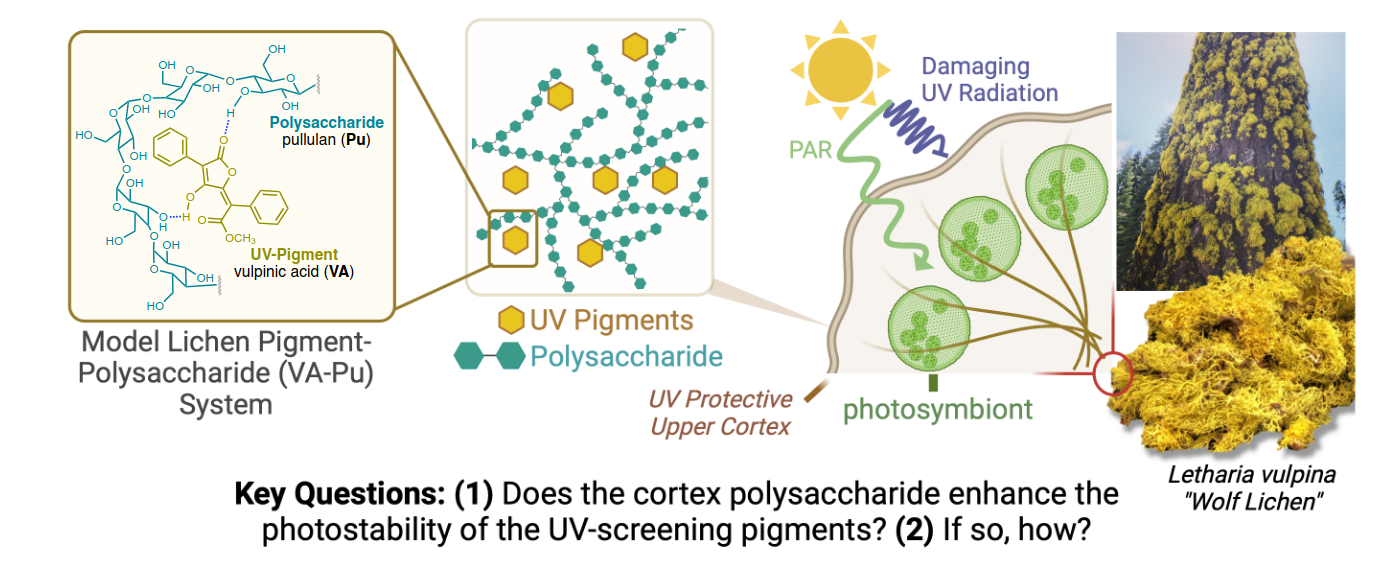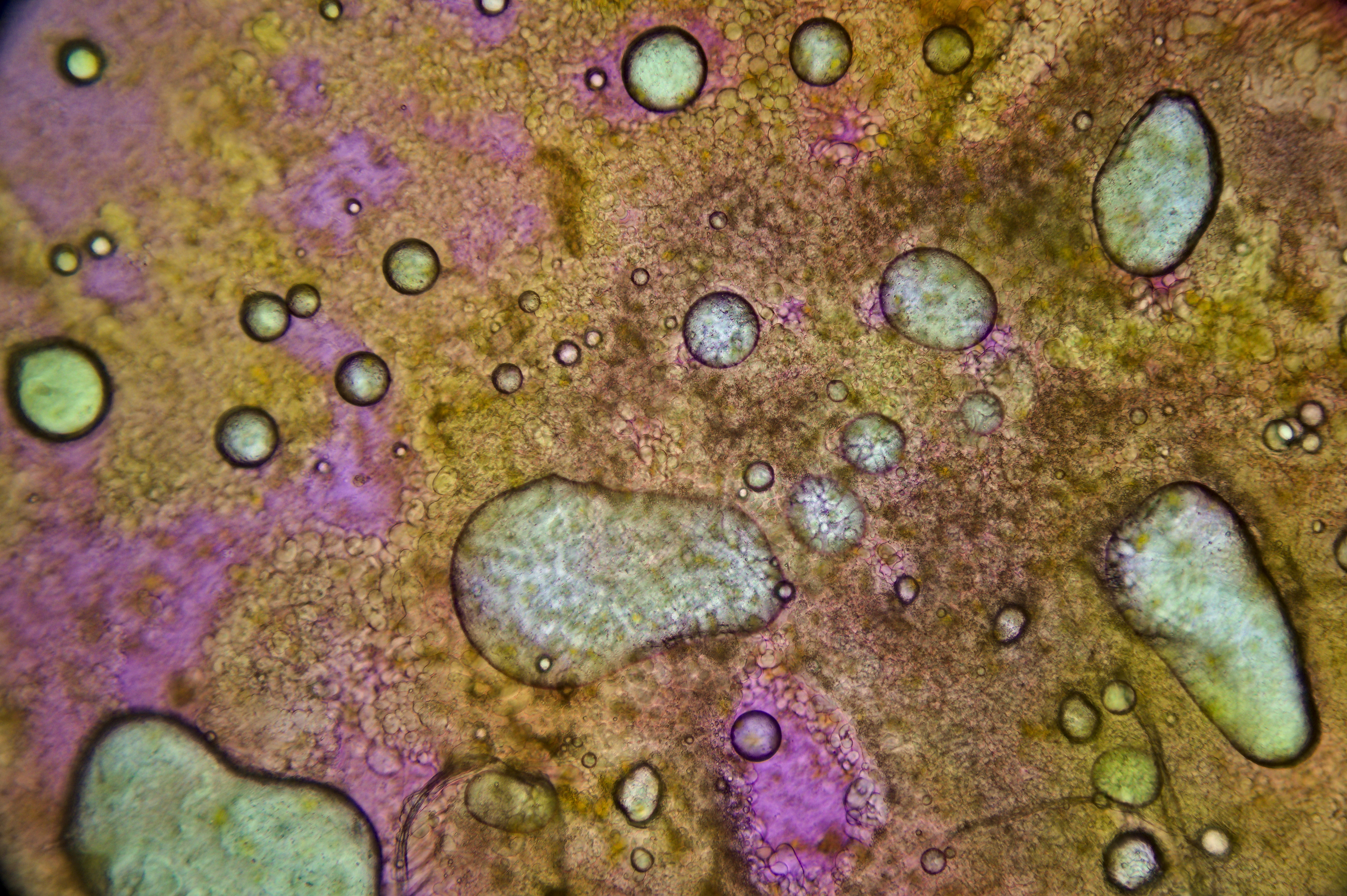Abstract
Cacao and chocolate production is a global industry worth around $133 billion. Full sun cultivation is a modern approach aimed at increasing yields. We evaluated six cacao clones (PS 1319, CCN 10, CCN 51, PH 16, SJ 02, and CP 49) grown under full sun conditions to assess their leaf physiology, leaf structure, yield, and yield components. Leaf physiology was measured through seven gas exchange parameters, while leaf structure was analyzed using eight measurements. For fruit and seed, we evaluated seven yield components. The clones showed differences in gas exchange. Clones PH 16 and PS 1319 had higher net photosynthetic rates per unit of leaf area (A), transpiration rates, and lower leaf internal CO2 concentrations. These A high values suggest the clones are well-acclimatized to full sun cultivation. Water availability, nutrient supply, and appropriate plant architecture also contributed to this acclimatization. Under high light intensity, the potential quantum yield of photosystem II indicated no photoinhibition, and adaptations in the photosynthetic apparatus were observed, such as lower pigment concentration in clone PH 16. Clones differed in specific leaf area (SLA) and stomatal density (SD). CCN 51 had a higher SLA, while SJ 02 had a higher SD. A significant negative correlation (-0.89) was found between dry bean yield and leaf-to-air water vapor pressure deficit (VpdL), suggesting that VpdL is a crucial parameter for selecting high-performance clones for fertigated full sun cultivation. Yields ranged from 1,220 kg/ha (CCN 10) to 2,900 kg/ha (CCN 51). Full sun cacao farms have high yield potential due to a combination of cloning, management practices, and adequate water and nutrient availability.














Aahh, that's rough 😅
Nice! Is this your first time seeing it, or is this something that you get to attempt often?